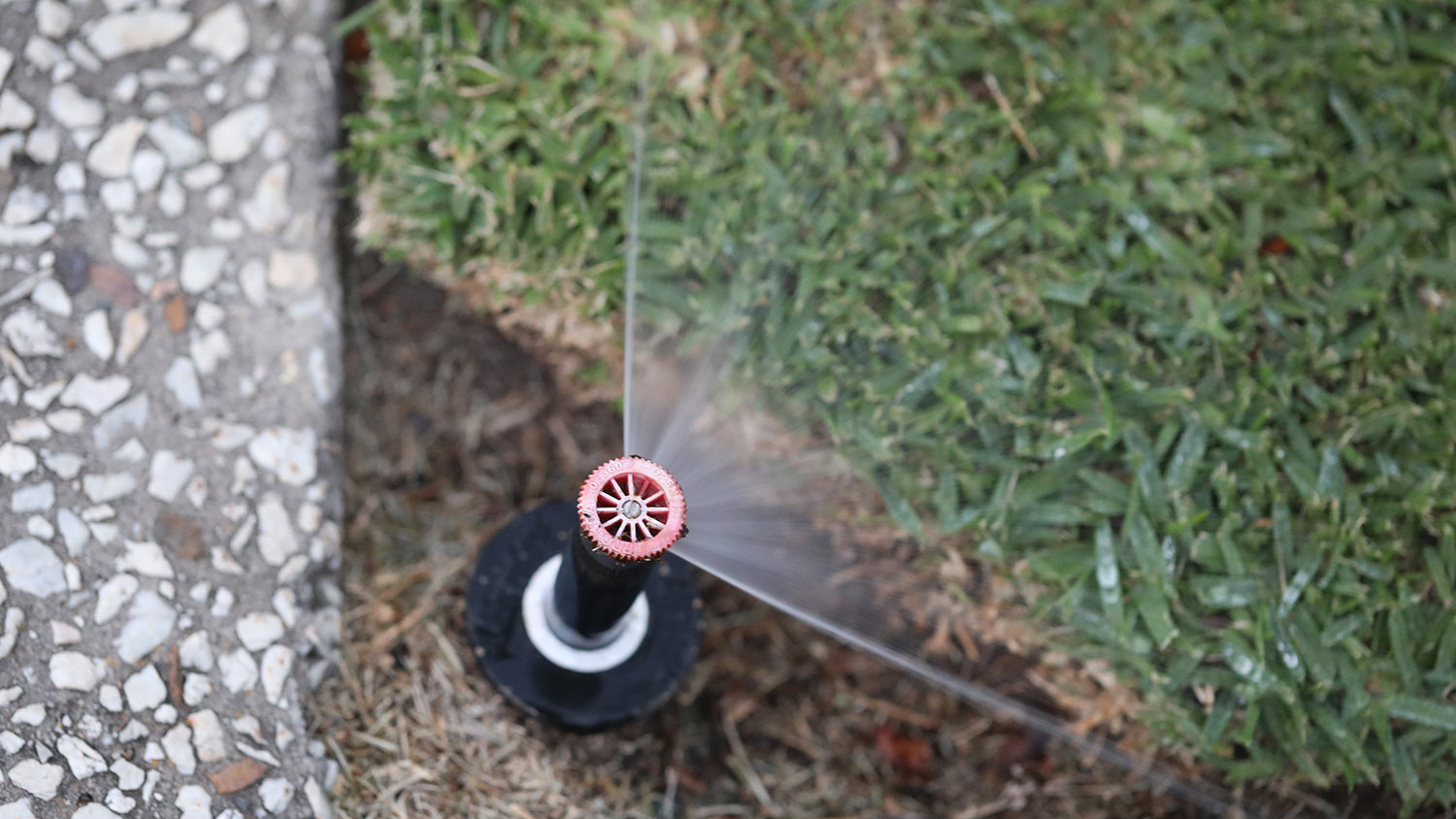Using Multiple Sprinkler Head Types
You can mix and match sprinkler heads depending on the plants in your landscape arrangement. If you go this route, pay attention to how much water flows from each head, as you do not want to overwater your plants.
“Ideally, a dripline is recommended rather than sprinkler heads for landscape plants, as overhead watering can cause leaf spot and disease issues on a lot of ornamental plants,” says Tara Dudley, Angi Expert Review Board member and owner of Plant Life Designs. “Sprinkler heads are mostly recommended for turf grass areas.”
When installing sprinkler heads in your lawn, especially if you plan to mix and match, make sure you determine how many sprinkler heads per zone you’ll need to avoid under- or over-irrigating.
“There are other things you can do in the landscape if you want to invest some of your time to save some money. Irrigation’s one of the last things I’d suggest,” says Jim Brandon of Landmark DBM in Indianapolis.
Whether you are looking to install a new system or upgrade an old one, doing thorough research on price, sprinkler heads, and the system as a whole can save you time and money. And, remember, troubleshooting your sprinkler system problems can save you quite a bit compared to replacing it.
Jess Lynk contributed to this article.



















